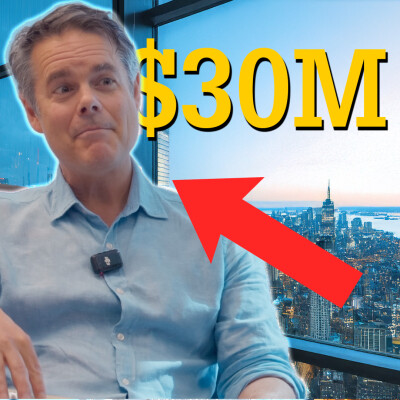Description
Jim RIeke is Vice President of Process Engineering at Veolia Water Technologies. Within the Veolia Galaxy, we focus today on HPD: Large-scale, highly-integrated process solutions utilizing evaporation, crystallization, and more.
If you recall what Tony Strobbe shared on this microphone a couple of weeks ago: "if you ship spodumene concentrate across the ocean, you ship 6% what you want, and 94% what you don't want."
6% is the highest you will get in lithium from hard rock, after onsite concentration from the natural 1.5% lithium content in the best spodumenes.
To get to the battery grade 99.95%, you hence need to refine that lithium, a quite specific and key process along the EV material supply chain, in which HPD specializes - in a way Jim will explain in a minute.
That said specialization doesn't stop at lithium from hard rock, though, as we'll discover with use cases from clay, Direct Lithium Extraction, and maybe the most spectacular example, with Veolia's latest reference in refining lithium from evaporation ponds.
The way these projects are built is quite revealing of the pace of this sector as well, as Jim will describe how it can sometimes take up to seven years to freeze the process design. It's also a fascinating blueprint for circular economy and resource recovery, as by-products can be upcycled and sometimes even directly used again in the refining process.
From a business perspective, it's also an interesting configuration at the edges of the traditional EPC approach, an integrator path, and sometimes a service and operation play.
Wanna get how a 200-headcount division of a Water Giant became a leading lithium refining actor? Then you're at the right place
➡️ Check out the entire article on how 'reverse ZLD' perfectly defines the Lithium Refinery process including a teaser, a slider, and a full transcript on the (don't) Waste Water website!
Hosted on Ausha. See ausha.co/privacy-policy for more information.
![[Extract] "Veolia's involvement helps Junior Projects getting financed!" - Jim Rieke - Veolia Water Technologie cover](https://image.ausha.co/6sFcodhJxw9uqVtXHQS3vOIPb03VddTDoPA6B6YV_400x400.jpeg)
![25 Years of Acquisitions Built This Water Tech Powerhouse [M&A] cover](https://image.ausha.co/6xHgWghhG8OqgQaZ4Jpi3EzqoqcC8w1w1vWw6qNl_400x400.jpeg)


